Nestled in Kamonuma, a Satoyama village in Japan, TEKITEKI-AN stands as a testament to sustainable architecture and community engagement. Translating to “drop by drop” and “small house” in Japanese, this tiny dwelling embodies the essence of the water cycle and traditional Japanese design.

Satoyama: A Sustainable Haven
Kamonuma is a Satoyama village, characterized by its harmonious blend of farmlands and mountain forests. The community’s dedication to sustainable practices ensures the preservation of ecosystems and living landscapes. Facing demographic challenges, initiatives like urban-rural exchanges promote environmental stewardship and community cohesion.
Crafting TEKITEKI-AN
6lines studio embarked on the construction of TEKITEKI-AN, a detached room of the old house ‘Yugitsuka,’ with no infrastructure. The project integrated recycled materials and local resources, showcasing a commitment to environmental consciousness. The involvement of local artisans and students from Tsukamoto Laboratory fostered a collaborative spirit and enriched the construction process.
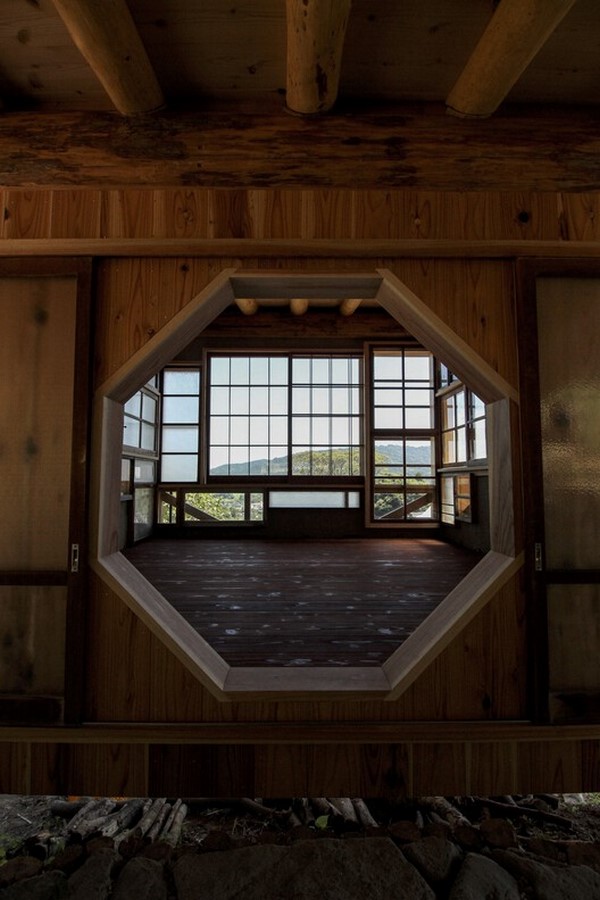
Architectural Features
TEKITEKI-AN’s grass-covered roof provides both insulation and a panoramic viewpoint of the village and sea. The utilization of reclaimed windows from demolished houses creates a patchwork of light, each window bearing a unique history. The compact 3m x 3m floor plan, reminiscent of a traditional tea house, offers a versatile space for relaxation, work, or dining.
Sustainable Practices
The construction of TEKITEKI-AN was completed in six months without outsourcing, emphasizing self-reliance and community involvement. Local resources such as soil, bamboo, and rice husks were repurposed into building materials, minimizing environmental impact. The integration of smoked rice husks as insulation highlights innovative approaches to sustainable building practices.
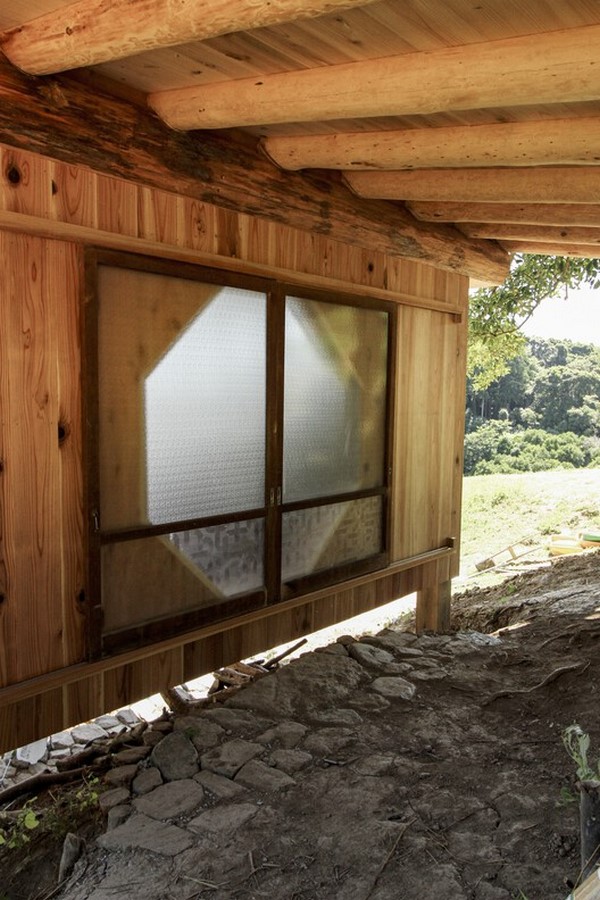
Conclusion: A Tiny House with a Big Impact
Despite its modest footprint, TEKITEKI-AN serves as a beacon of sustainability and community resilience. Through thoughtful design and conscientious construction, this tiny dwelling embodies the principles of Satoyama living, connecting inhabitants to nature and fostering a sense of stewardship for generations to come.


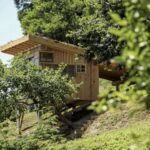
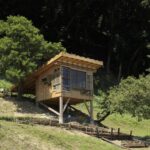

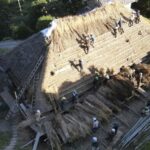

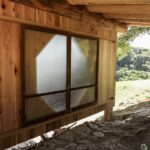
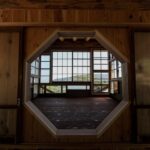
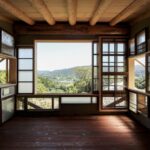
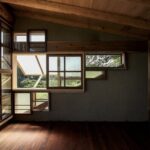






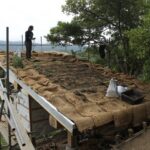

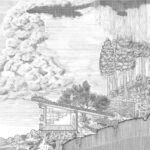
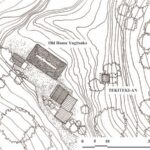

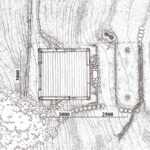

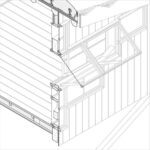
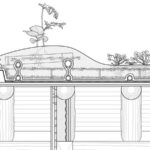

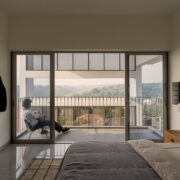
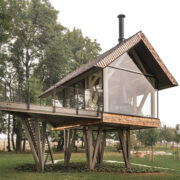
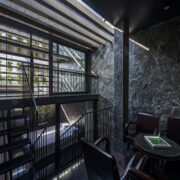

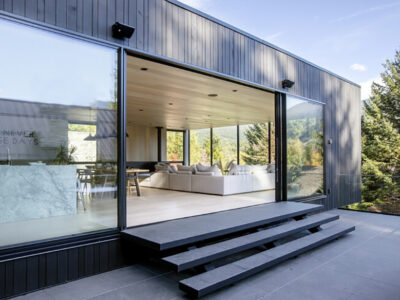


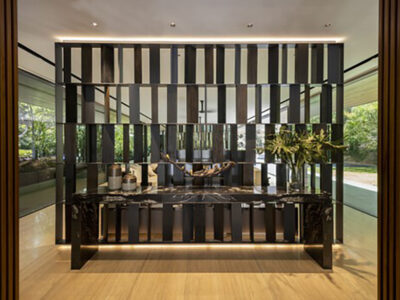
Comments